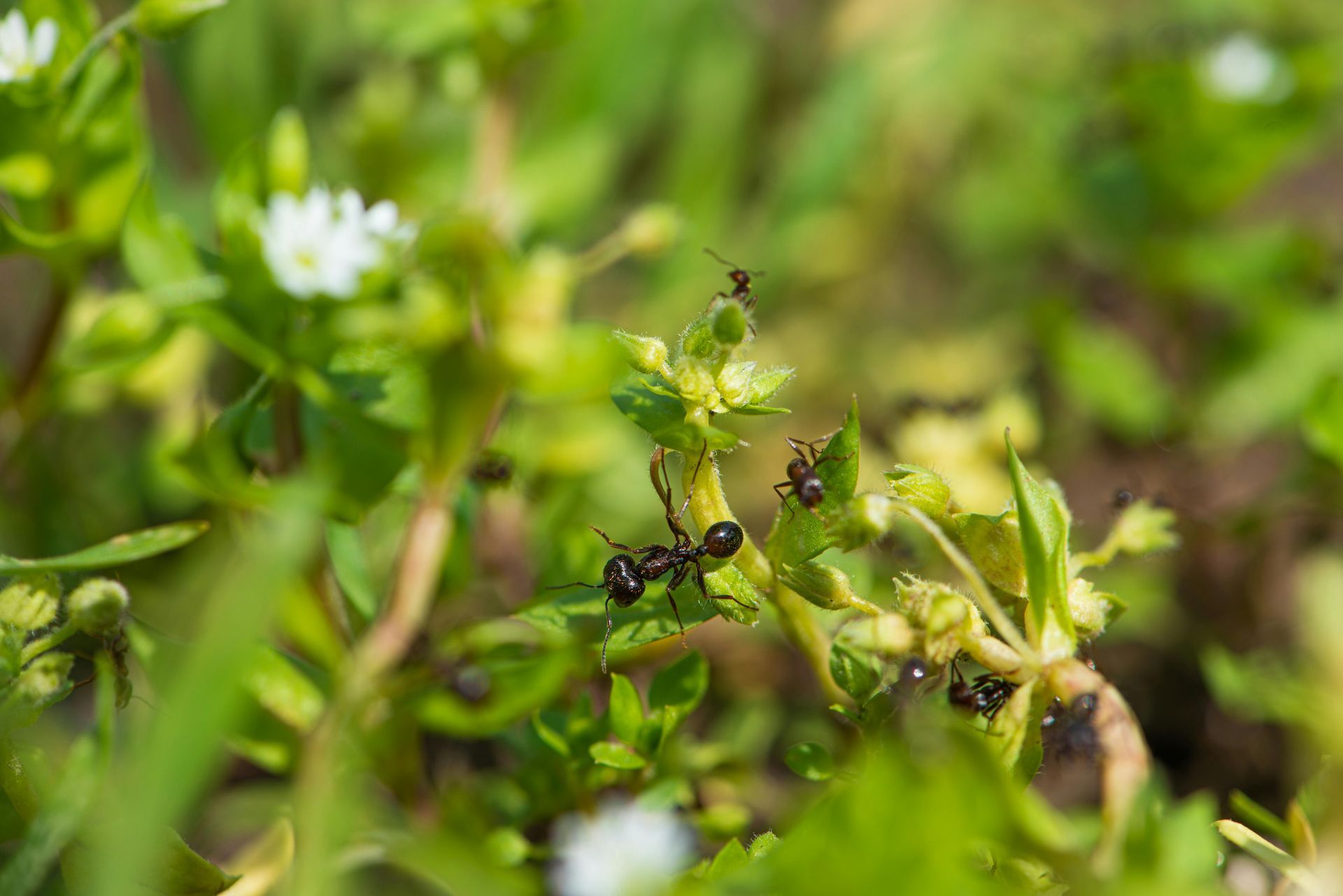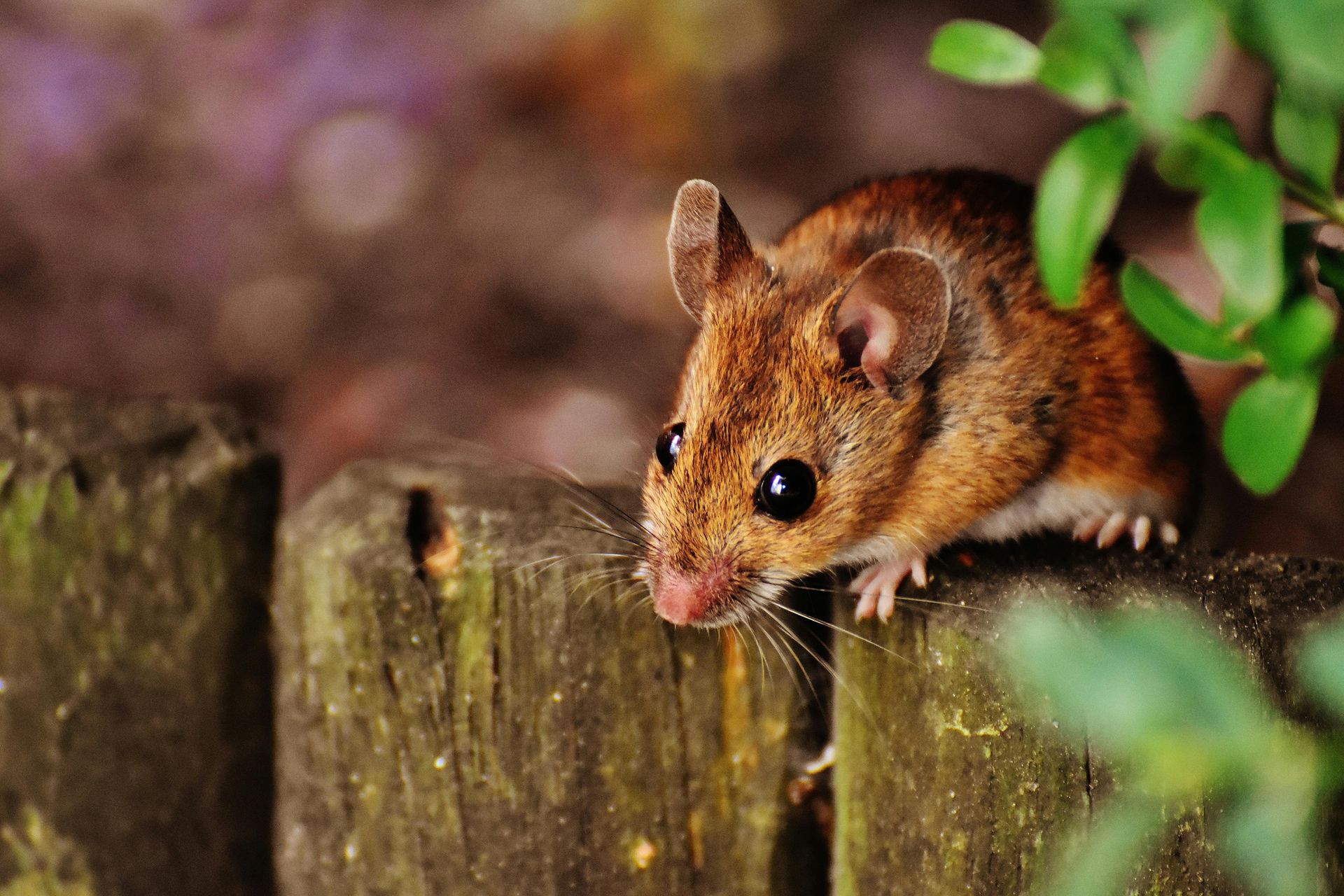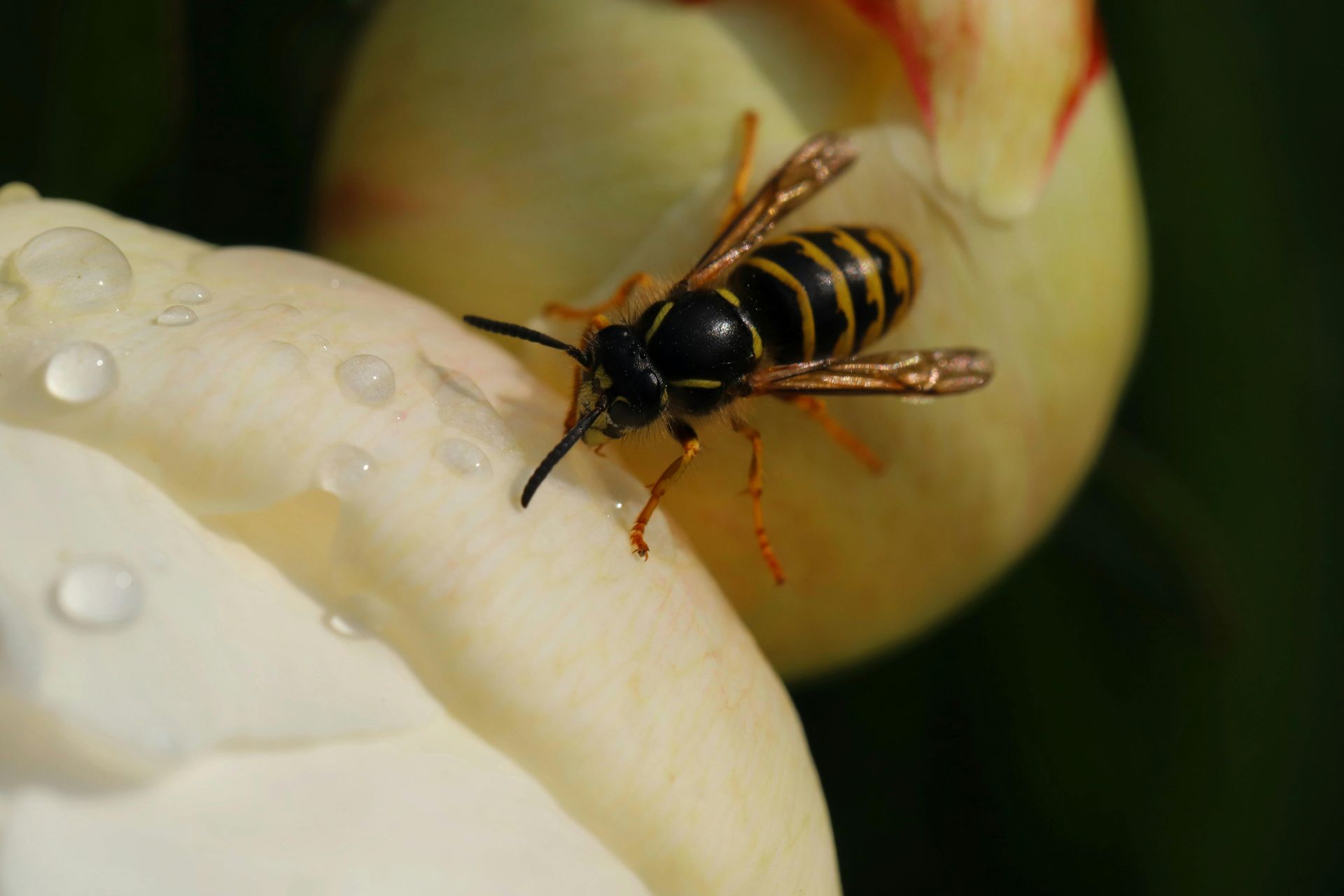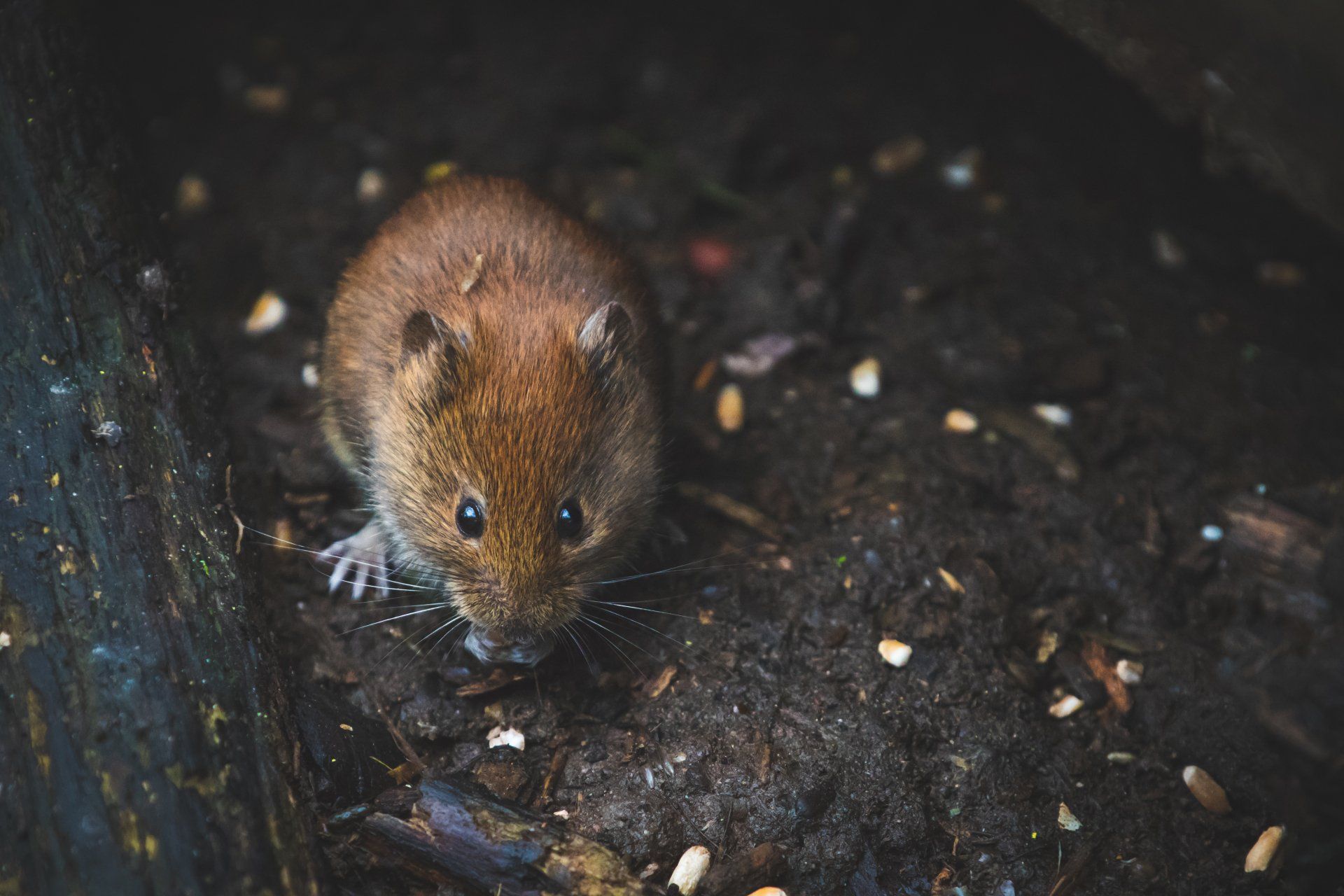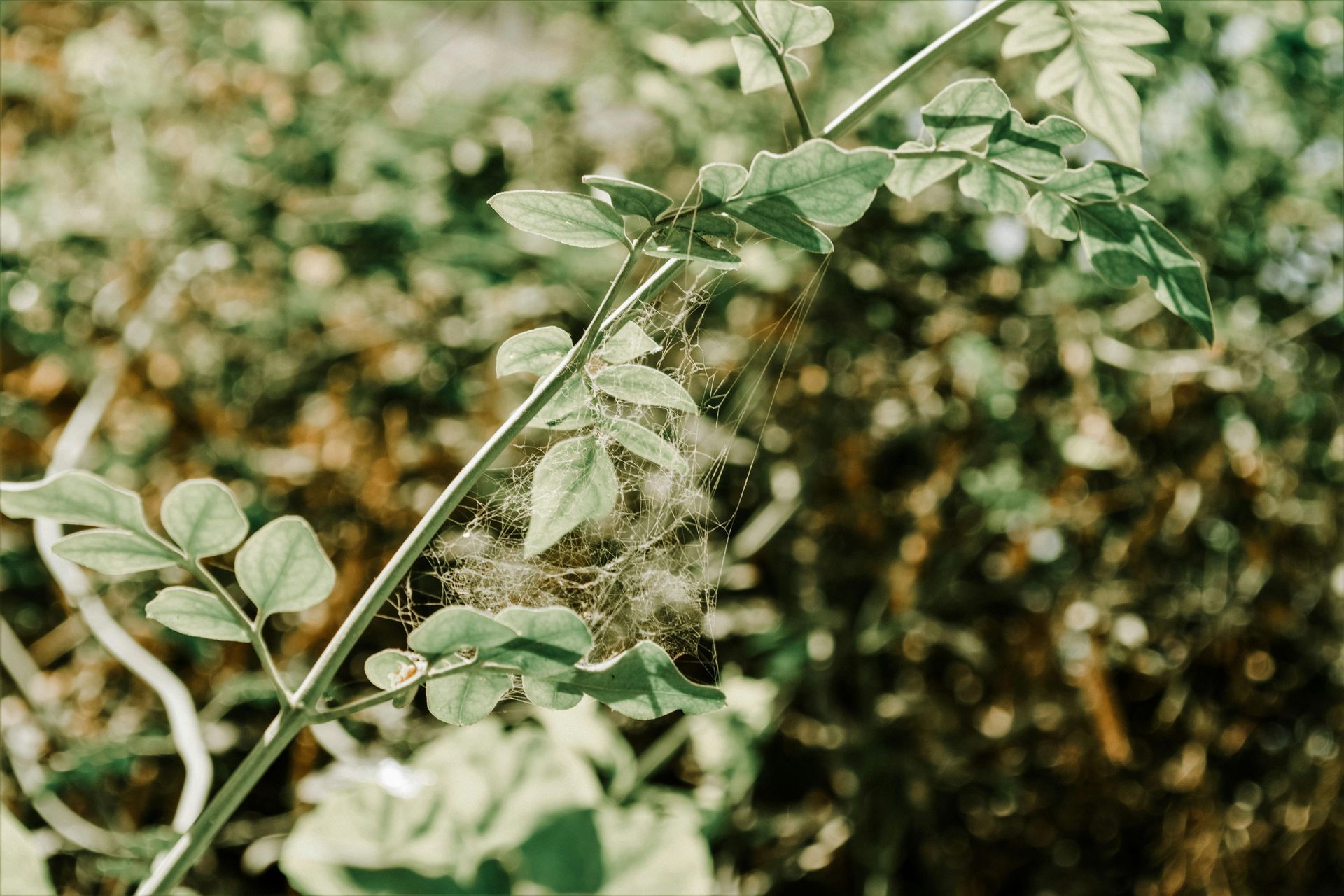Understanding Spider Behavior in the Winter: Spokane's Most Common House Spiders
Spider habits, common winter species, and how to deal with infestations.

Winter in Spokane brings cold temperatures and a natural shift in the behavior of local pests. For many homeowners, this is the time when spiders seem to appear out of nowhere, lurking in corners or weaving webs in hidden spaces. While spiders can be beneficial by keeping other insect populations in check, their presence inside your home can be unsettling. Understanding spider habits, the common species found in Spokane homes during winter, and effective methods to deal with infestations can help you keep your home comfortable and pest free.
Why Do Spiders Become More Visible in Winter?
Spiders, like most pests, seek shelter from the cold during the winter months. While some spider species live exclusively indoors and are therefore present year round, others migrate indoors when outdoor temperatures drop. Homes provide an ideal environment for spiders, offering warmth, shelter, and a steady supply of food in the form of other insects.
Seeking Warmth and Shelter
As cold blooded creatures, spiders cannot regulate their body temperature. They rely on the environment to survive, making warm indoor spaces particularly appealing during winter. Basements, crawl spaces, attics, and closets often provide the perfect dark, undisturbed spots where spiders can hide and thrive.
Availability of Prey
Spiders feed on other insects, and winter doesn’t eliminate their food sources entirely. Pests like cockroaches, silverfish, and flies often remain active indoors during winter, and spiders follow these food sources into your home. The presence of spiders is often a sign of other pest activity in your living space.
Reproduction and Egg Laying
Winter is also when some spider species prepare for reproduction. Female spiders lay eggs in sacs, which are typically placed in hidden or undisturbed areas. These egg sacs may hatch in the spring, potentially leading to a sudden increase in spider activity if not addressed early.
Common House Spiders Found in Spokane During Winter
Spokane is home to several spider species, some of which are more commonly found indoors during the winter months. While most spiders are harmless, it’s important to identify the species you’re dealing with to manage them effectively.
House Spiders (Parasteatoda tepidariorum)
House spiders are the most common species found indoors in Spokane. These small, tan or brown spiders are known for their irregular, messy webs, often spun in corners, ceilings, or windowsills. Although they are harmless to humans, house spiders can be a nuisance due to the number of webs they create.
Hobo Spiders (Eratigena agrestis)
Hobo spiders are medium sized, brown spiders that build funnel shaped webs. They prefer dark, damp areas like basements and crawl spaces. While once thought to be dangerous, hobo spider bites are now considered medically insignificant. However, their presence can still cause concern for many homeowners.
Black Widow Spiders (Latrodectus hesperus)
Black widow spiders are less common but can be found in Spokane homes, particularly in basements, garages, and crawl spaces. Recognizable by their shiny black bodies and red hourglass markings, black widows are venomous and can pose a health risk if they bite. While they are non aggressive and typically avoid contact with humans, black widow infestations should be addressed quickly.
Wolf Spiders (Lycosidae)
Wolf spiders are large, hairy spiders that don’t spin webs but hunt their prey by chasing it down. They are often mistaken for tarantulas due to their size and appearance. Wolf spiders are not dangerous to humans, but their intimidating looks can make them unwelcome guests indoors.
How to Deal with Spider Infestations in Winter
While spiders are beneficial in controlling other pest populations, most homeowners prefer to keep them out of their living spaces. Here’s how to manage spider infestations effectively:
1. Keep Your Home Clean and Organized
Spiders are drawn to cluttered, undisturbed areas where they can hide and build webs. Regular cleaning and decluttering can make your home less inviting to spiders. Vacuum and dust regularly, paying attention to corners, ceilings, baseboards, and storage areas like attics and basements. Removing webs as soon as you see them can also discourage spiders from staying in your home.
2. Seal Entry Points
Prevent spiders from entering your home by sealing cracks, gaps, and openings in walls, windows, and doors. Use caulk for small gaps and weather stripping around doors and windows to create a tight seal. Inspect utility lines, pipes, and vents for potential entry points, and block them with mesh or steel wool to keep spiders out.
3. Control Other Pests
Since spiders feed on insects, reducing the availability of prey will naturally decrease spider activity. Keep your home clean by storing food in airtight containers, promptly cleaning up spills, and taking out the trash regularly. Address any leaks or areas with excess moisture, as these conditions attract insects and, in turn, spiders.
4. Reduce Outdoor Attractants
Spiders often enter homes from nearby vegetation or outdoor structures. Trim bushes, trees, and plants that are close to your home’s exterior, and avoid stacking firewood or debris against the walls. Outdoor lighting can also attract insects, which in turn draw spiders. Switch to yellow or sodium vapor lights, which are less appealing to insects, to reduce spider activity near your home.
5. Use Natural Repellents
Natural repellents like essential oils can help deter spiders without the use of harsh chemicals. Peppermint, eucalyptus, and tea tree oils are particularly effective. Mix a few drops of oil with water in a spray bottle and apply it to areas where spiders are likely to enter or hide, such as baseboards, windowsills, and doorframes. Vinegar is another effective option for repelling spiders.
6. Set Traps
Sticky traps are a simple and effective way to monitor and reduce spider activity in your home. Place traps in areas where you’ve noticed spiders, such as basements, attics, or near windows. Check the traps regularly and replace them as needed to maintain control over spider populations.
7. Call Professional Pest Control Services
If you’re dealing with a large infestation or venomous spiders like black widows, professional pest control services can provide safe and effective solutions. Organix Pest Control, serving Spokane, specializes in eco friendly spider control that protects your home without harming the environment. A professional pest control technician can identify the species, treat affected areas, and implement long term prevention strategies to keep your home spider free.
Preventing Future Infestations
Winter is the perfect time to take proactive measures to prevent spider infestations. Regular cleaning, sealing entry points, and reducing clutter can go a long way in keeping spiders out. Scheduling a seasonal pest control inspection can also help catch potential problems early and ensure your home remains pest free year round.
Conclusion
Understanding spider behavior during Spokane’s winter months can help you manage their presence effectively. By identifying common house spiders, keeping your home clean and sealed, and addressing infestations promptly, you can enjoy a comfortable, spider free winter. If you need professional assistance, Organix Pest Control offers customized solutions to protect your home from spiders and other pests. Take action this winter to maintain a safe and welcoming environment for your family while keeping unwanted guests outside.
FAQs
1. Are spiders more active in winter?
Spiders often become more visible in winter as they seek warmth and food indoors. Many indoor spider species remain active year round.
2. How do I know if I have a spider infestation?
Signs of a spider infestation include frequent web sightings, spider egg sacs, and the presence of spiders in areas like basements, attics, or closets.
3. Are Spokane spiders dangerous?
Most spiders in Spokane are harmless, but species like the black widow can pose health risks. Identifying the species is key to determining whether professional intervention is needed.
4. Can essential oils repel spiders?
Yes, essential oils like peppermint and tea tree oil are effective natural repellents. Apply them to windowsills, doorframes, and other potential entry points.
5. When should I call a professional pest control service for spiders?
If you’re dealing with a large infestation or venomous spiders like black widows, it’s best to contact a pest control professional for safe and effective treatment.

